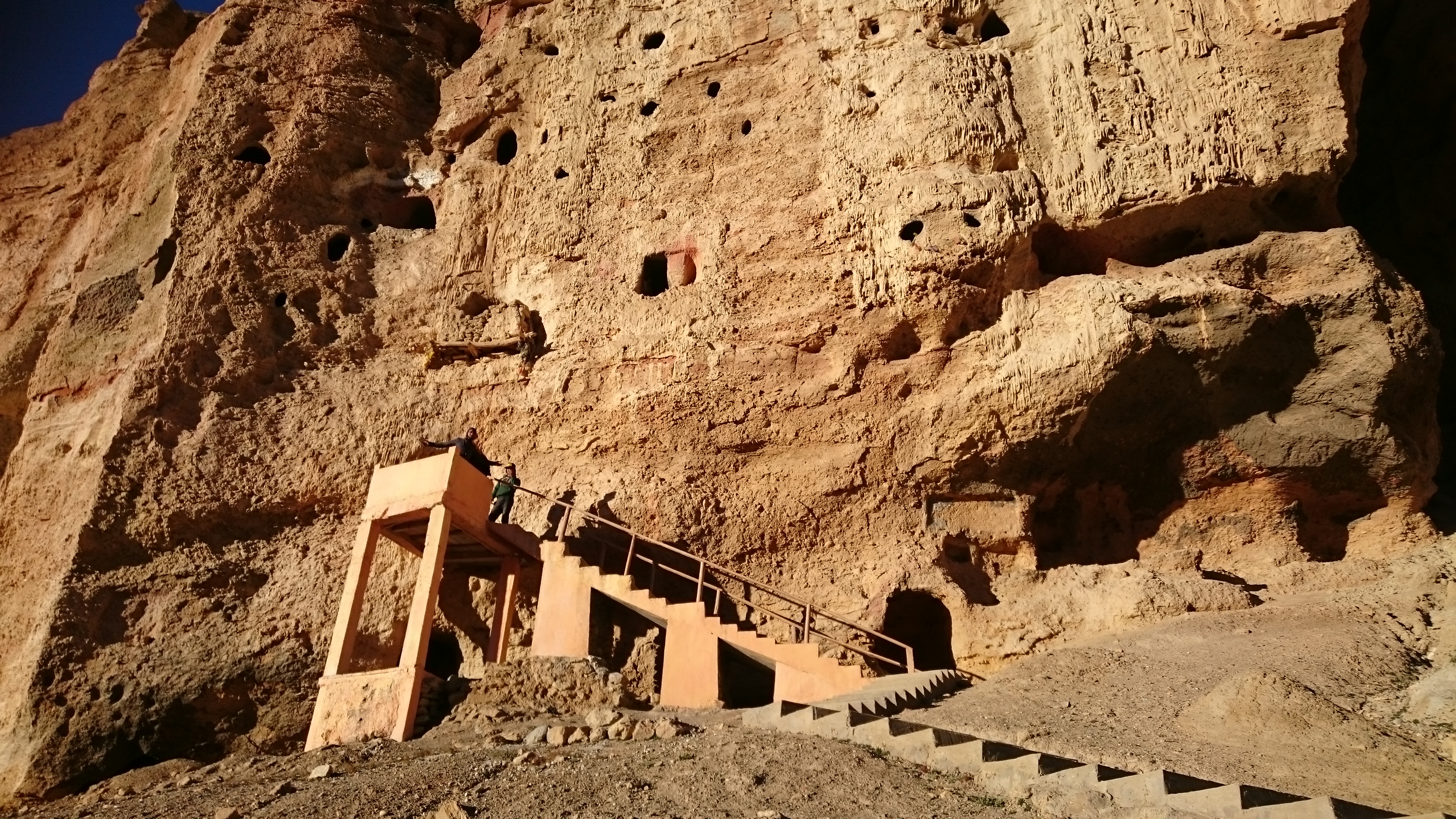history | architecture | archaeology | religious heritage | cultural legacy

In 1380, Ame Pal — a Buddhist warrior from Western Tibet, established a walled city (the only one in the country) and constructed a fortress in the Lo Manthang valley — present-day Upper Mustang. The city served as the capital of the Kingdom of Lo until 2008 when Nepal was a kingdom for the last time.
It is believed that the city’s first monarch built the wall to safeguard the citizens as the wall would shield the perimeter of the capital from adversaries in the event of an invasion.
Over the course of 25 generations, Pal’s descendants reigned as kings over the Kingdom. In the 18th century, the Gorkha Shahs annexed Lo under their reign (as a dependent state), granting administrative roles to the hands of Pal kings. The setup continued till Nepal remained a kingdom.
In 2008, the last Pal king — Jigme Dorje Palbar was stripped of his title with his protector Gyanendra Bir Bikram Shah Dev being dethroned as Nepal became a republic overthrowing the 240-year-old Shahs monarchy. He died on 16 December 2016.
However, Pal and his descendants were not the first inhabitants of the valley as archaeologists have discovered numerous caves in the surrounding mountains dating over 3,000 years ago.
The Valley of Lo Manthang boasts approximately 10,000 ancient cave dwellings, some perched more than 150 feet above the valley floor. The creators of the caves are still a mystery, in addition, it seems difficult how someone could have climbed the extremely steep rock sides to get inside. Till now, several caves appear nearly inaccessible even to experienced climbers.

According to an article published by BBC Travel in 2013, most of the caves now lie empty, while some bear traces of past habitation such as hearths, grain-storage bins, and sleeping spaces. Certain caves served as burial chambers, wherein several dozen bodies, adorned with copper jewellery and glass beads, were discovered. These ancient remains, which are over 2,000 years old, were found lying on wooden beds.
Other caves contain skeletons dating from the third to the eighth centuries, predating the arrival of Buddhism in Mustang. These skeletons bear cut marks on their bones, indicating a possible association with sky burial — a practice in which the body’s flesh is sliced into small pieces and left for vultures to consume.
Sky burial continues to be observed in some remote regions of the Himalayas although, reportedly, the culture is in a declining trend. While, Upper Mustang, is an important breeding area for the Himalayan Griffon (Gyps himalayensis), also known as the Himalayan Vulture, which is globally a threatened vulture species native to the trans-Himalayan region of Nepal including the Humla, Jumla, Dolpa, and Manang districts.
According to archaeologists, the caves in Mustang were utilised in three distinct periods.
Initially, some 3,000 years ago, they functioned as burial chambers. Approximately 1,000 years ago, they transitioned into predominantly residential spaces — potentially serving as refuges during conflicts or invasions in the valley. Finally, by the 1400s, most people had relocated to traditional villages, and the caves assumed roles as meditation sites.
Some of these caves were subsequently transformed into monasteries, including notable examples like Luri Gompa, Chungsi Cave Monastery, and Nyiphuk Cave Monastery, all of which were built around or within the caves.
Along with distinctive architecture, artistic heritage, and rich history, the valley hosts captivating festivals such as Tiji and Yartung.
Tiji is an abbreviation of the word Tempa Chirim, which means “Prayer for World Peace”. The festival honours the legend of son Dorjee Sonnu — believed to be Lord Buddha’s incarnation — who preserved the Mustang kingdom from destruction by demon Man Tam Ru, who feeds on humans creating storms and droughts. Unique Tibetan rites and ritual dances are performed for three days around May every year to mark the celebration.
Similarly, Yartung — a horse racing festival observed in August every year on a full moon day — includes drinking and traditional Tibetan and Thakali dances. Lamas, monks, and locals assemble to bid the summer season farewell.
The vibrant culture and archaeological treasures make Lo Manthang truly remarkable and the only fully preserved mediaeval fort in Nepal.
All in all, Lo Manthang has a fascinating journey through time and cultural evolution. The city’s distinctive features, such as its well-preserved mediaeval fortifications, and the enigmatic ancient caves and various stages of their usage, contribute to the Valley’s allure.
Lo Manthang remains a testament to its past, with its captivating blend of history, archaeology, and religious heritage, providing visitors with a glimpse into the captivating tapestry of Nepal’s cultural legacy.
Read More Stories
Kathmandu’s decay: From glorious past to ominous future
Kathmandu: The legend and the legacy Legend about Kathmandus evolution holds that the...
Kathmandu - A crumbling valley!
Valleys and cities should be young, vibrant, inspiring and full of hopes with...
Today’s weather: Monsoon deepens across Nepal, bringing rain, risk, and rising rivers
Monsoon winds have taken hold across Nepal, with cloudy skies and bouts of...